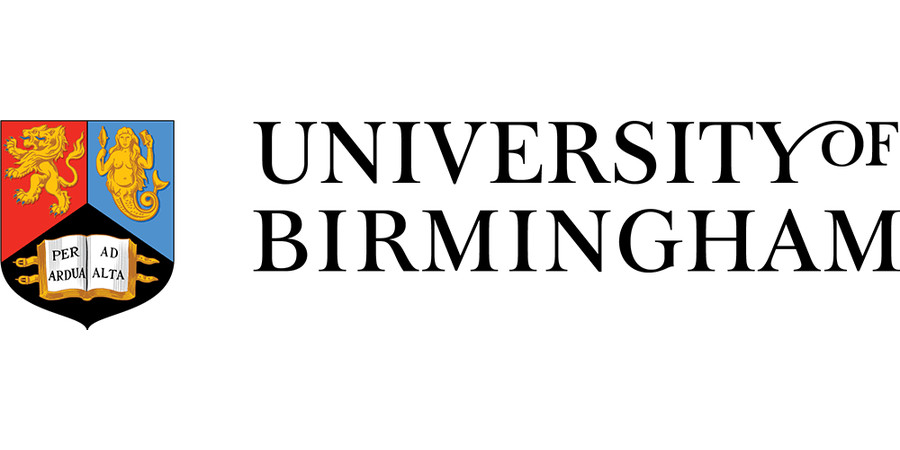PhD Studentship : The island syndrome in arthropods
University of Birmingham - School of Geography, Earth and Environmental Sciences
| Qualification Type: | PhD |
|---|---|
| Location: | Birmingham |
| Funding for: | UK Students, EU Students, International Students |
| Funding amount: | Not Specified |
| Hours: | Full Time |
| Placed On: | 18th November 2025 |
|---|---|
| Closes: | 7th January 2026 |
| Reference: | CENTA 2026-B22 |
Island organisms worldwide show similarity in morphology and ecology, despite being separated by vast geographic and phylogenetic distances – a biogeographic pattern known as the ‘island syndrome(s)’. It is thought to arise from the combined effects that island area and isolation have on ecological communities on islands. To date, island syndrome(s) have been documented in many vertebrates, and in flowering plants, but many diverse and ecologically important taxa have been overlooked.
A striking gap are island arthropods. Just like anywhere else, arthropods, dominate island ecosystems, undergo adaptive radiations, and often evolve unusual forms. Some examples include the giant, flightless wētā of New Zealand and Wallace’s giant bee from Indonesia (see Figure). While arthropod biogeography has been widely studied, few studies have addressed the island syndrome (s). Many important biological traits such as body size or life history have not been explicitly studied and compared in the context of the island syndrome.
This doctoral project will address this research gap by undertaking a systematic assessment of the island syndrome(s) in arthropods. The doctoral researcher will focus on three central questions:
1. What is already known about shared adaptions in island arthropods?
2. Do arthropods exhibit an island syndrome across traits such as body size and life history?
3. Which environmental drivers correlate with the island syndrome(s) in arthropods?
For further information on this project and details of how to apply to it please visit https://centa.ac.uk/studentship/2026-b22-the-island-syndrome-in-arthropods/
Further information on how to apply for a CENTA studentship can be found on the CENTA website: https://centa.ac.uk/apply/
Funding notes:
This project is offered through the CENTA3 DLA, funded by the Natural Environment Research Council (NERC). Funding covers: annual stipend, tuition fees (at home-fee level), Research Training Support Grant.
Academic requirements: at least a 2:1 at UK BSc level or a pass at UK MSc level or equivalent.
Further information: https://centa.ac.uk/apply/
International students are eligible for studentships to a maximum of 30% of the cohort. Funding does not cover any additional costs relating to moving or residing in the UK. International applicants must fulfil the University of Birmingham’s international student entry requirements, including English language. Further information: https://www.birmingham.ac.uk/postgraduate/pgt/requirements-pgt/international/index.aspx.
References:
BENíTEZ-LÓPEZ, A., SANTINI, L., GALLEGO-ZAMORANO, J., MILá, B., WALKDEN, P., HUIJBREGTS, M. A. J. & TOBIAS, J. A. 2021. The island rule explains consistent patterns of body size evolution in terrestrial vertebrates. Nature Ecology & Evolution, 5, 768-786.
GILLESPIE, R. G. & RODERICK, G. K. 2002. Arthropods on Islands: Colonization, Speciation, and Conservation. Annual Review of Entomology, 47, 595-632.
JEZIERSKI, M. T., SMITH, W. J. & CLEGG, S. M. 2024. The island syndrome in birds. Journal of Biogeography, 51, 1607-1622.
LEIHY, R. I. & CHOWN, S. L. 2020. Wind plays a major but not exclusive role in the prevalence of insect flight loss on remote islands. Proceedings of the Royal Society B: Biological Sciences, 287, 20202121.
LOMOLINO, M. V., SAX, D. F., PALOMBO, M. R. & VAN DER GEER, A. A. 2012. Of mice and mammoths: evaluations of causal explanations for body size evolution in insular mammals. Journal of Biogeography, 39, 842-854.
WHITTAKER, R.J., FERNÁNDEZ-PALACIOS, J.M. & MATTHEWS, T.J. 2023. Island biogeography: geo-environmental dynamics, ecology, evolution, human impact, and conservation. Oxford University Press, Oxford.
Advert information
Type / Role:
Subject Area(s):
Location(s):









